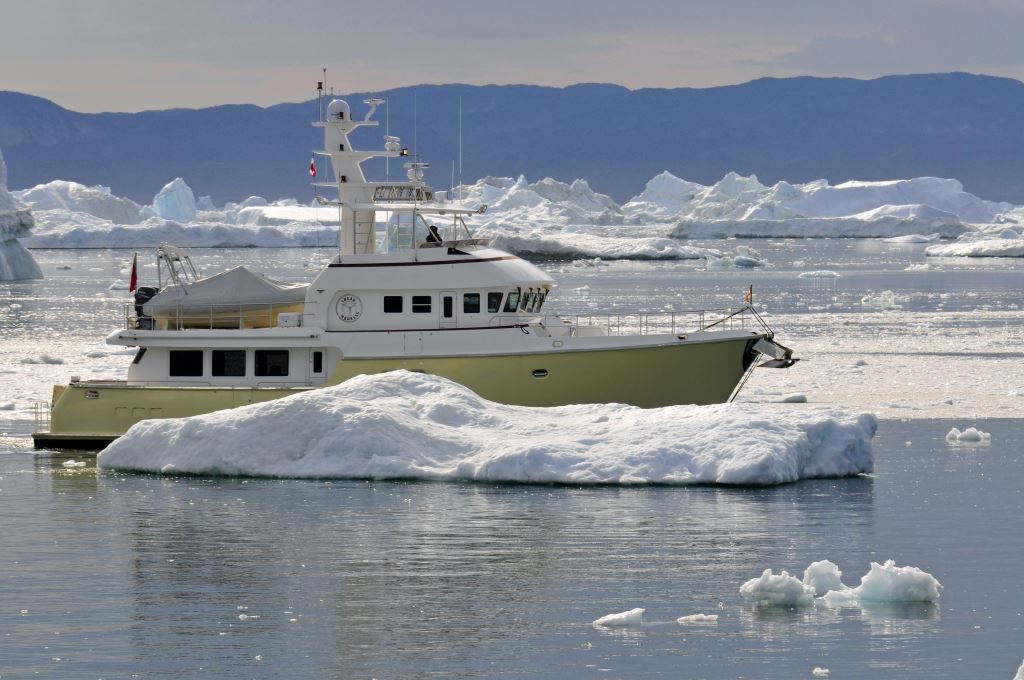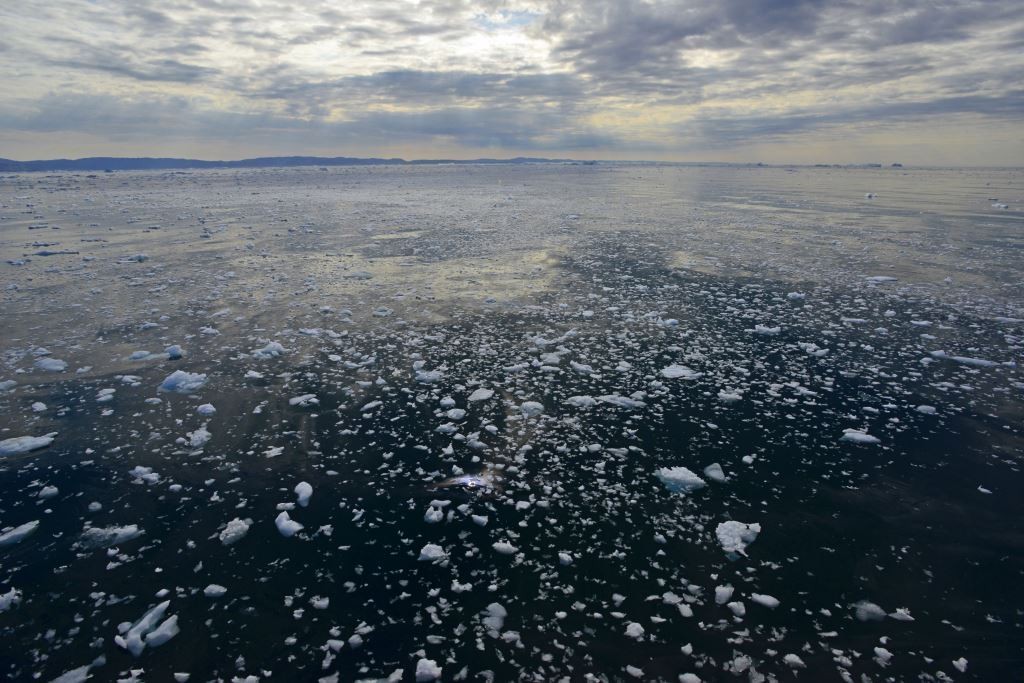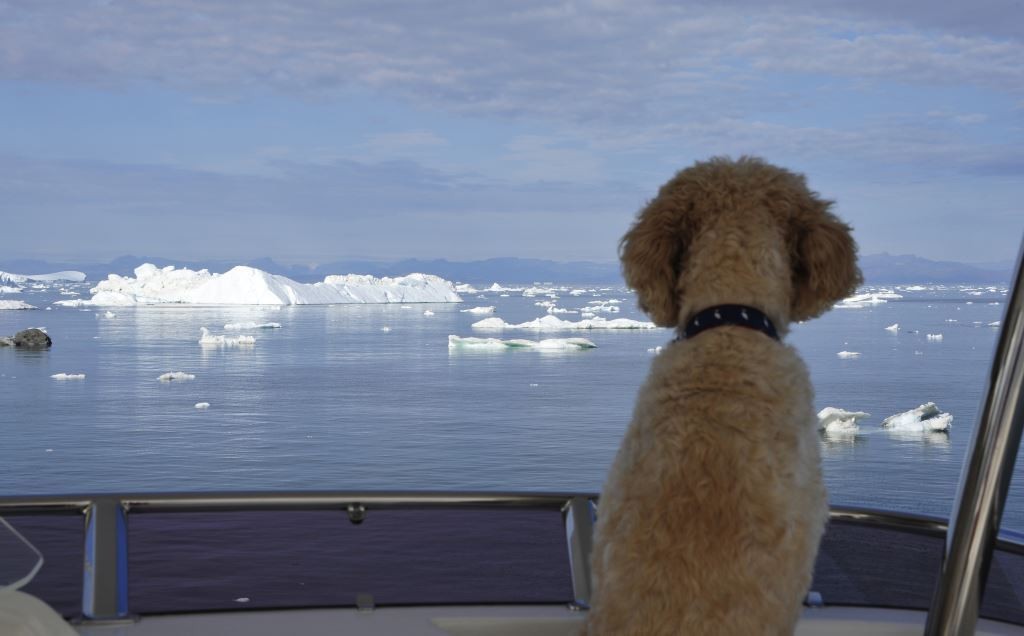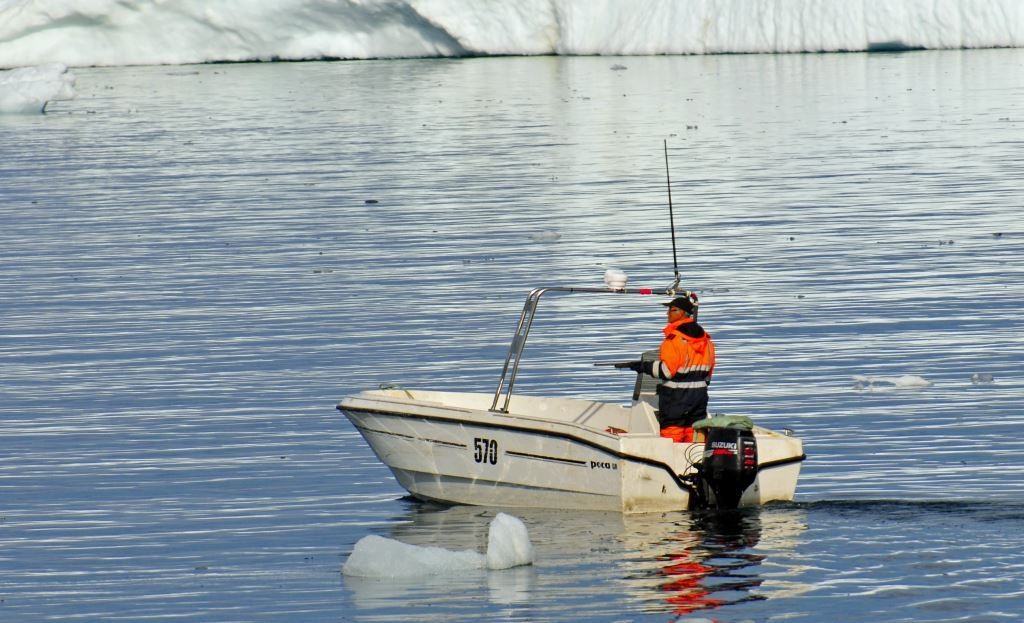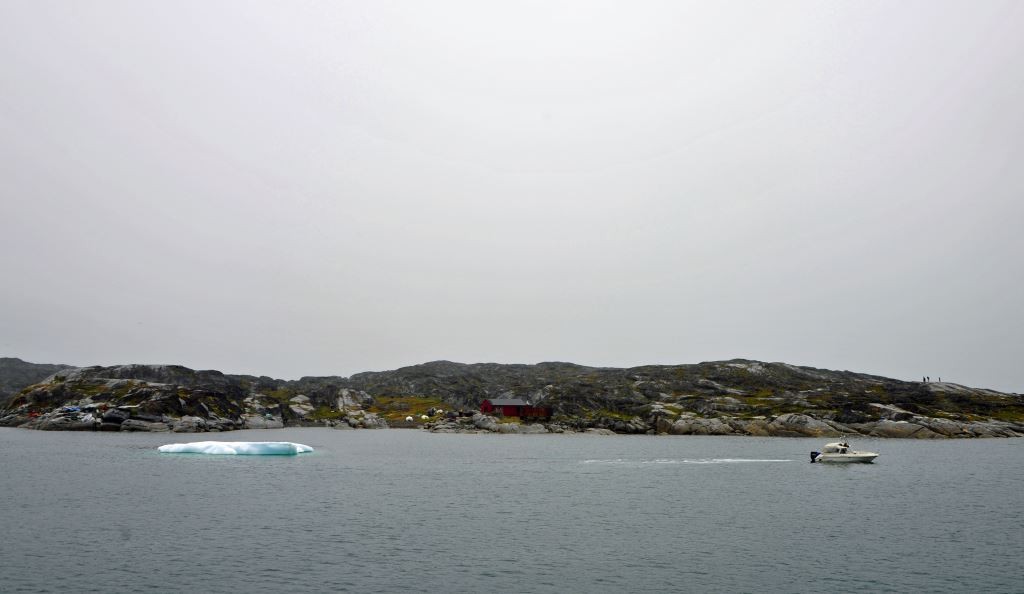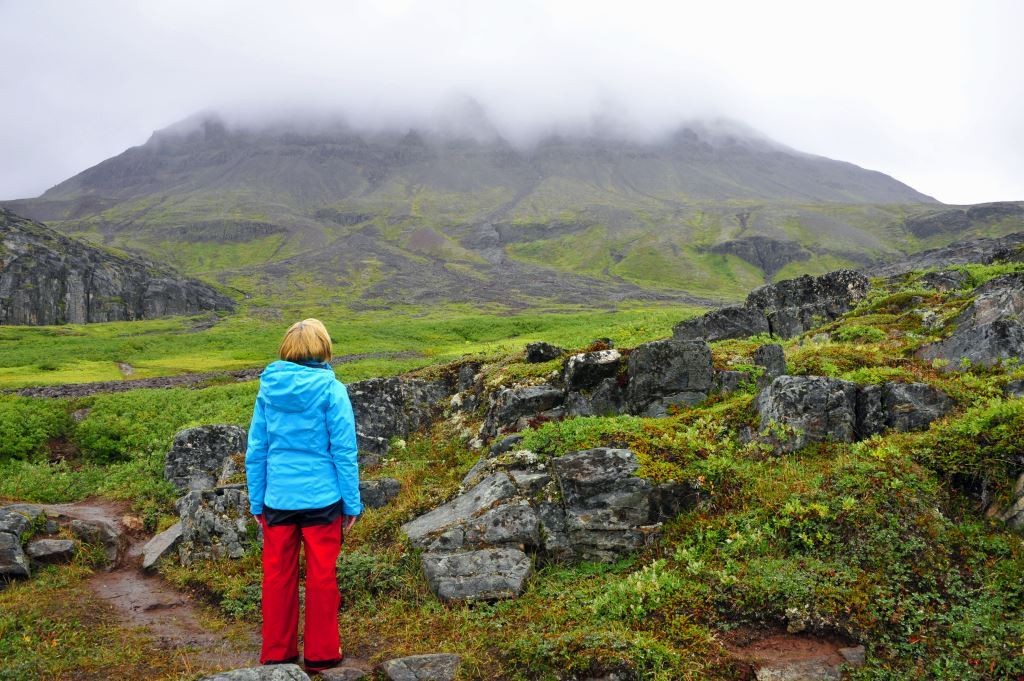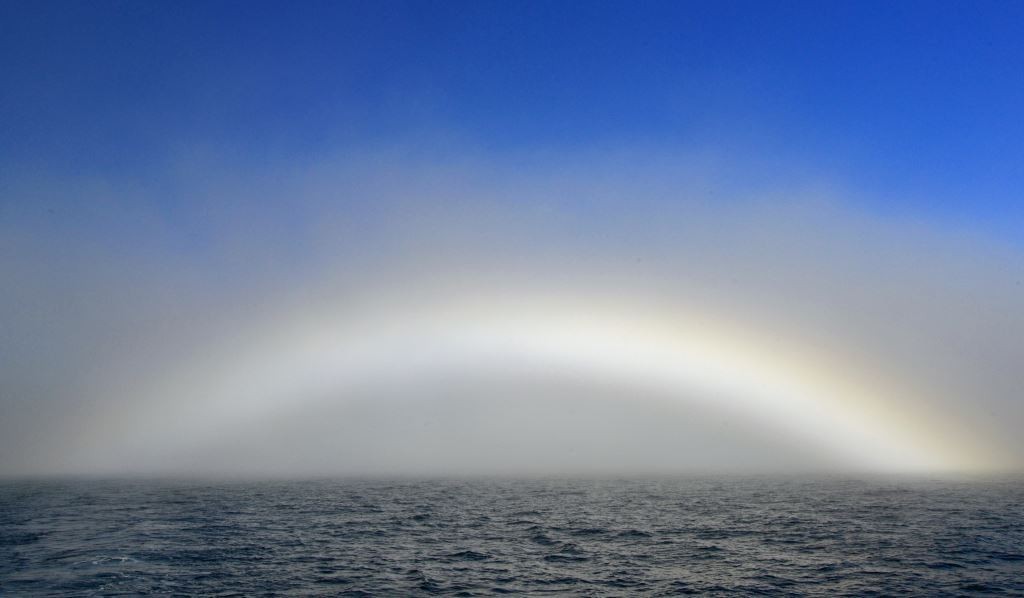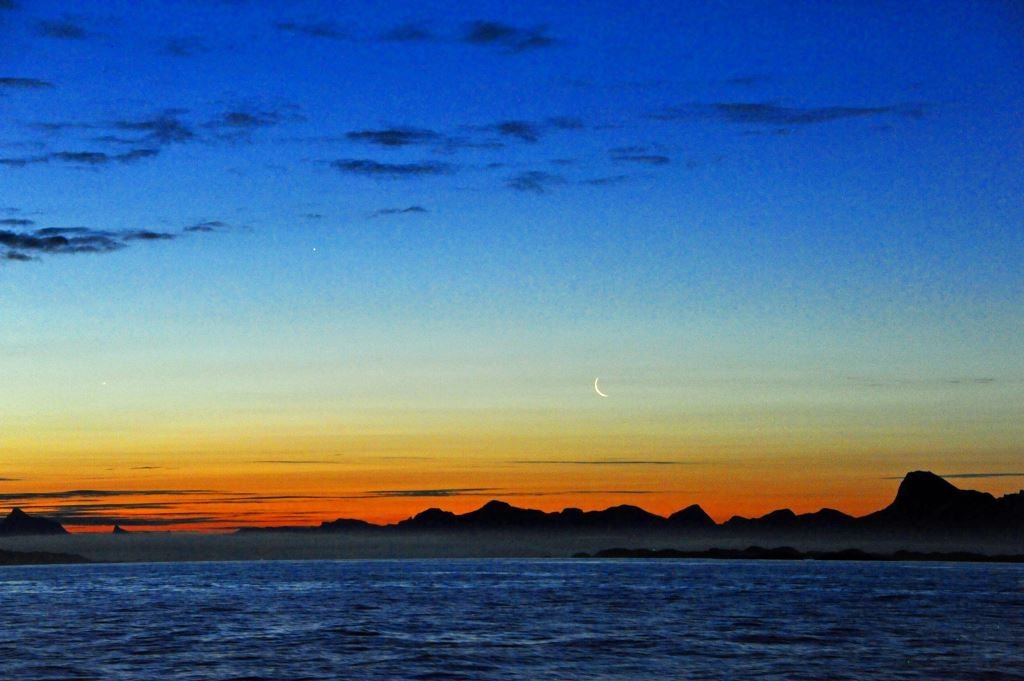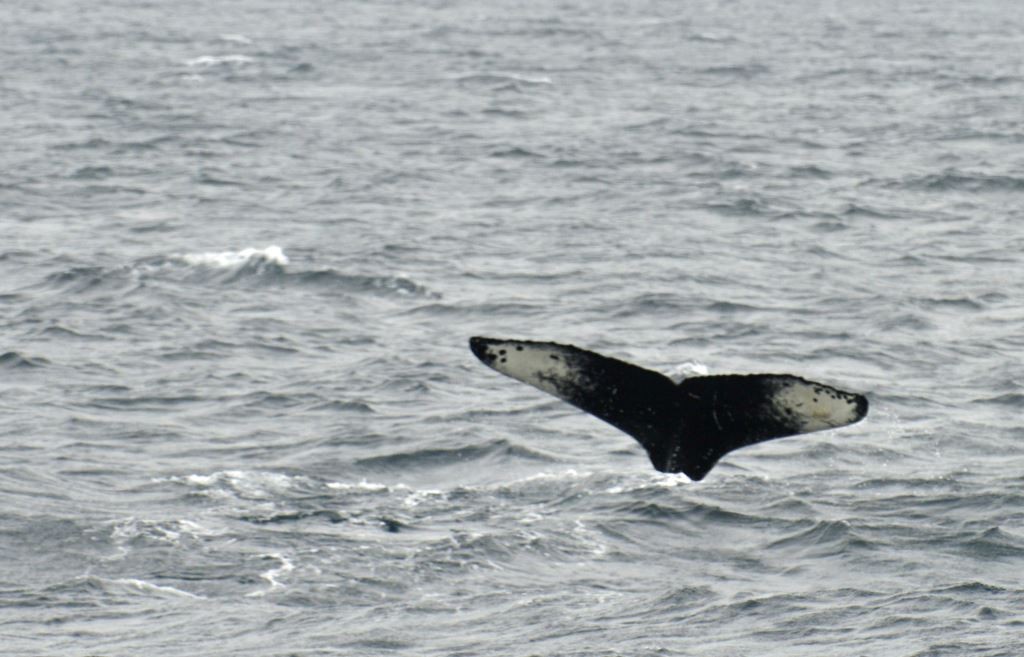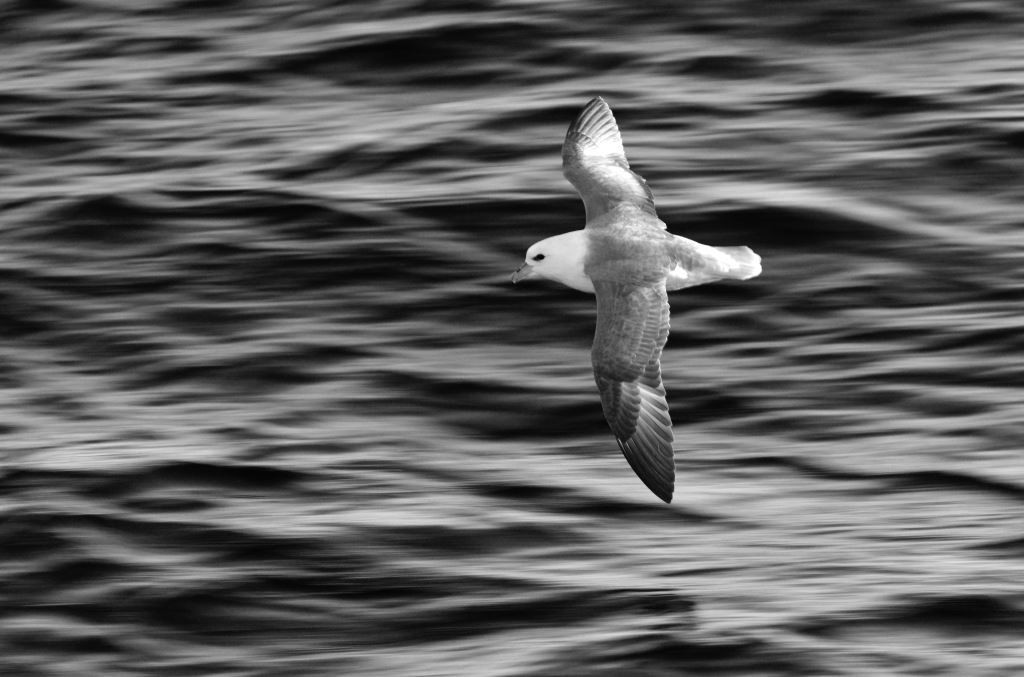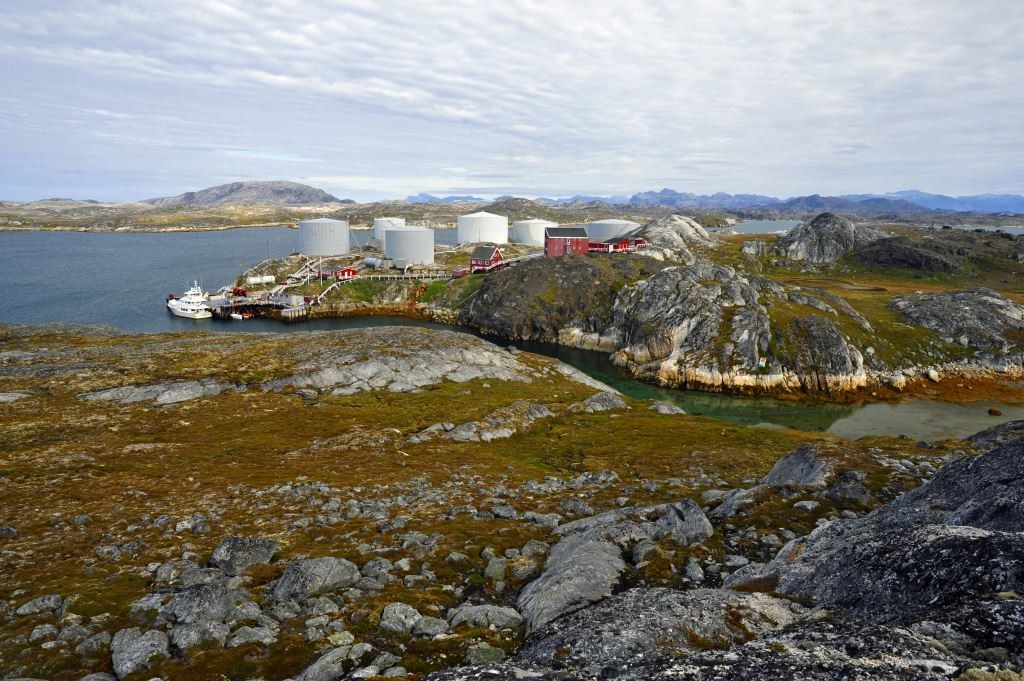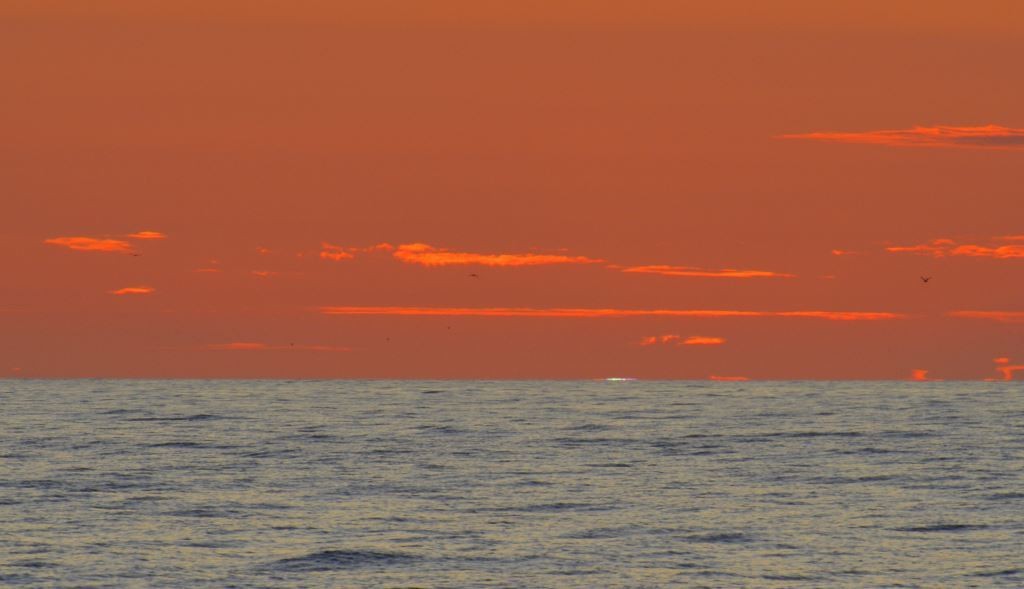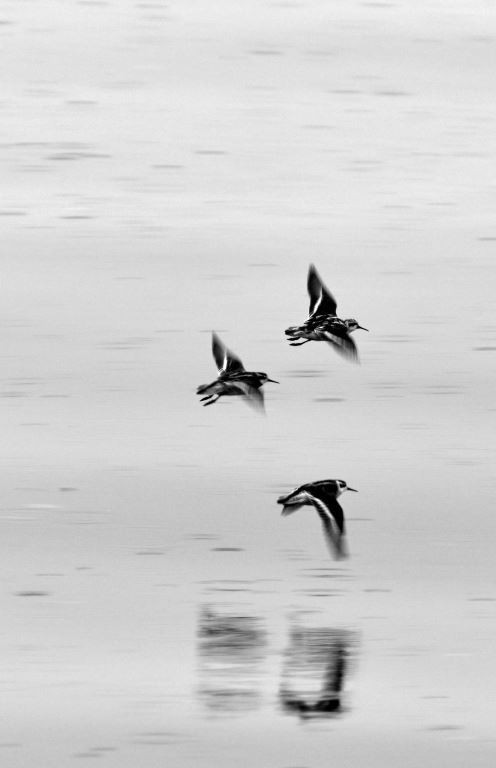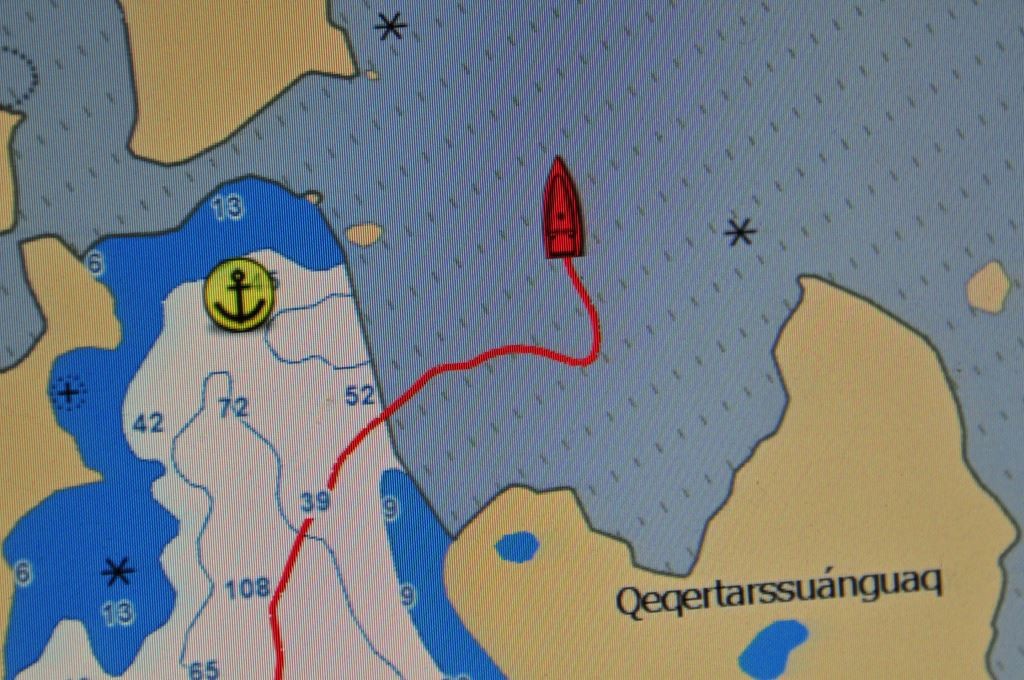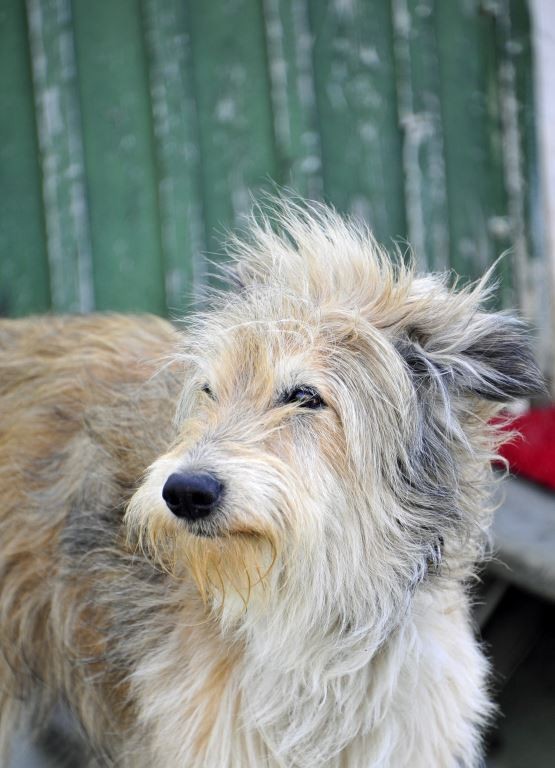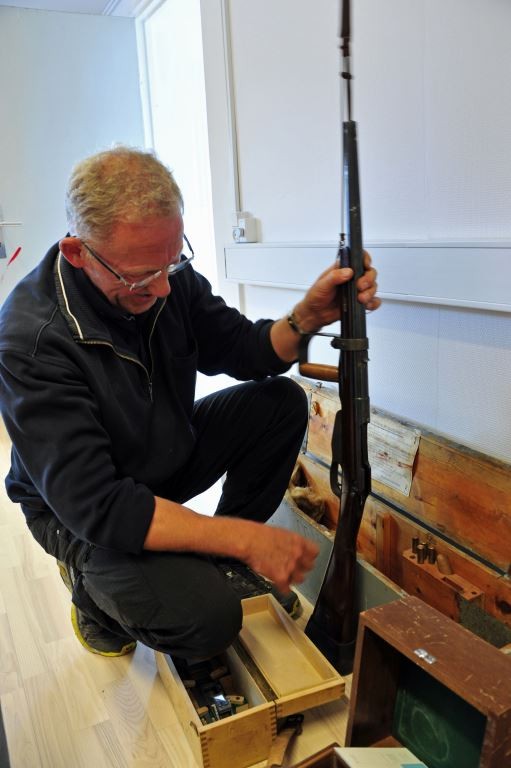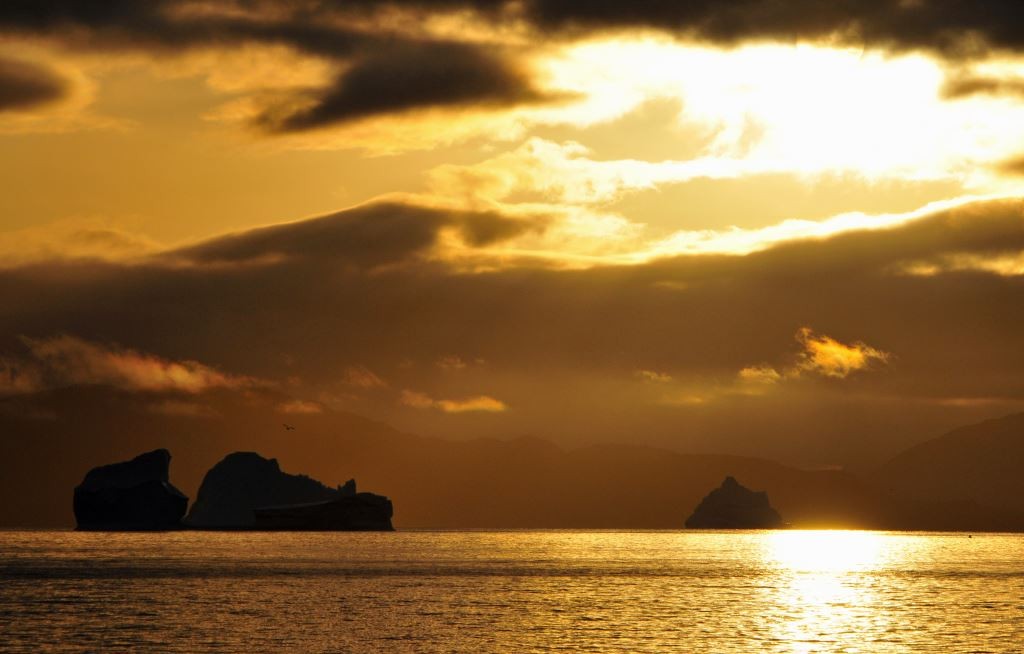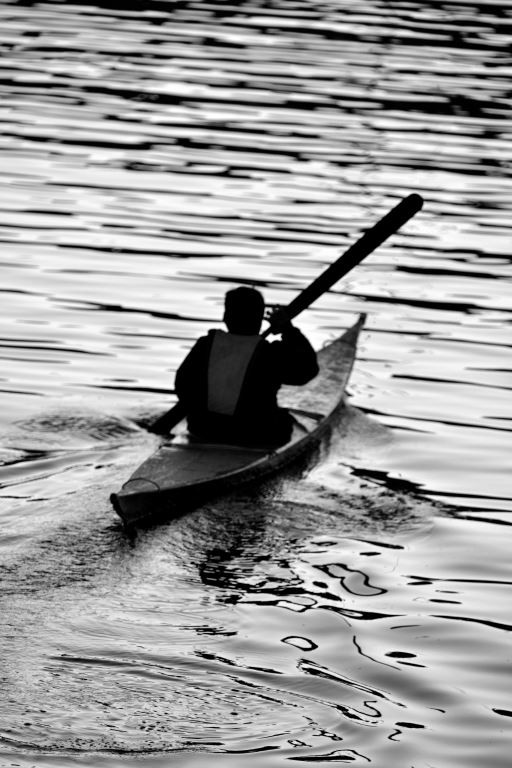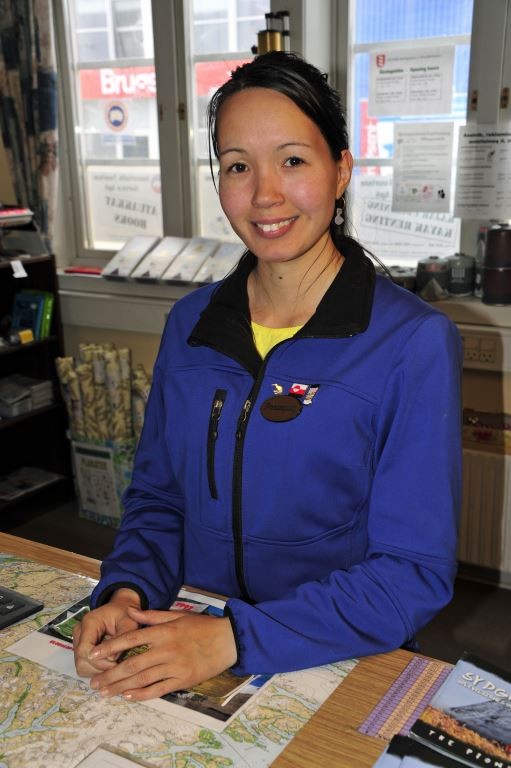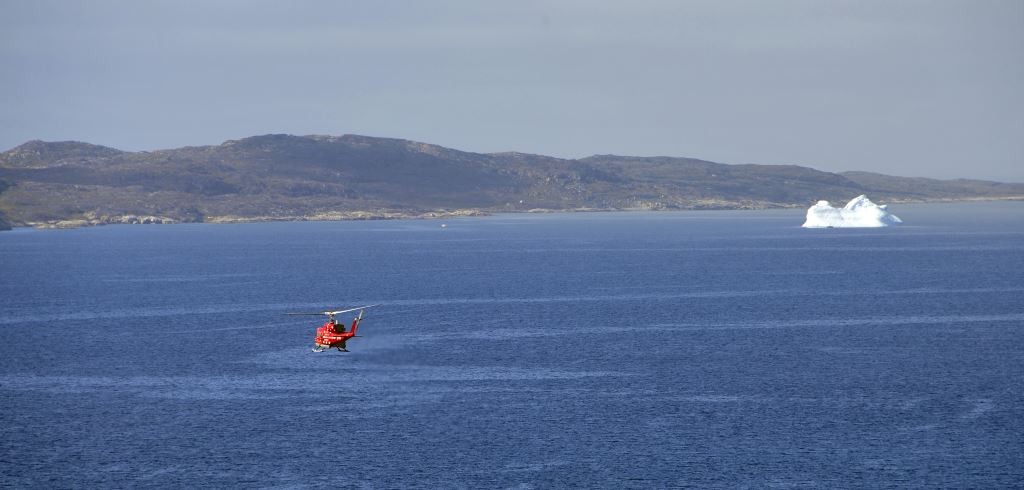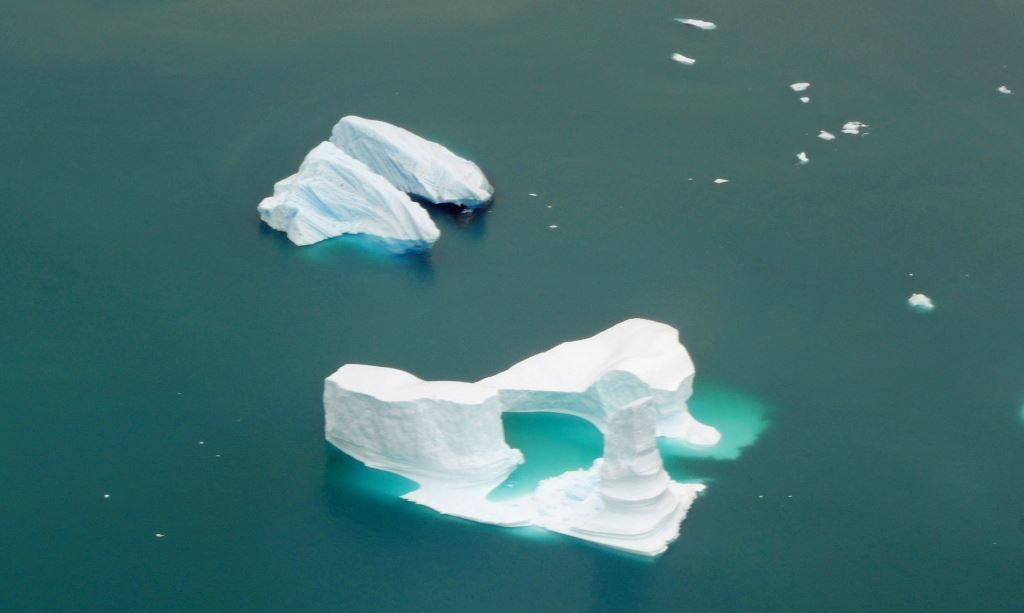Photos and Text by Steve D’Antonio
Copyright 2014 SDMC, Inc.
Letter from the Editor 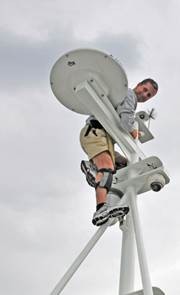
2014 saw a number of changes in the marine industry as well as for SDMC. The industry continues to show steady growth, a change I’m sure boat owners and those working in the trade welcome equally. New and innovative products continue to be released at a steadily increasing rate, while builders invest in and offer new and expanded model lines. For SDMC it’s meant growth as well, in an expanded and more frequent Ezine, online educational videos, and the Facebook Photo Challenge and Seaworthy Reliable and Safe columns, as well as the Trawler and Motor Vessel Technical Training Workshops, two of which are scheduled for 2015.
Having said that, the more things change it seems, the more they stay the same. A few weeks ago I received distressing news, a late model, custom 38-foot vessel sank at its dock in Seattle, the victim of a muskrat with a taste for exhaust hoses. It’s a not uncommon occurrence in regions where these animals are prevalent, (which is why some vessels are equipped with exhaust critter guards) however, a variety of culprits beyond those of the four-footed variety can lead to flooding and sinking. I encounter many of these defects in my vessel inspections, the most common include defective stuffing boxes and rusted hose clamps, clogged deck drains, deteriorated or incorrect air conditioning raw water hoses, improperly installed or corroded seacocks, to name just a few. A couple of years ago a relatively new Nordhavn Yachtfisher sank at its dock in Mexico, the result of a defective, and locally-installed bait preservation apparatus.
Regardless of the cause, unattended vessel sinkings of this sort remain a heartache and completely avoidable. Above all else, every enclosed vessel should be equipped with a robust high water alarm for each bilge compartment. Float switches for these should be installed low in the bilge, no more than two inches above standard bilge pump float switches. The higher the alarm trigger, the longer it takes to get an alarm, which in turns means more flooding. The annunciator for the high water alarm should be piercing, and if the vessel is routinely left unattended, then an annunciator should be installed on deck or in a cockpit or open flybridge, so that it may be heard by those aboard neighboring vessels, or a marina manager.
The next level of flooding security can be had in a remote alerting system, one that sends the vessel owner, captain, marina, boat yard etc. an sms text or e mail in the event it’s triggered by flooding or other problems. I wrote about both of these systems earlier this year, in the April and May 2014 Ezine. Remote alerting systems of this sort are invaluable and cheap insurance, costing a fraction of the value of most vessels, particularly when one considers that they may prevent a variety of mishaps, from outright dockside sinkings of the sort described above, to fire, dead batteries, or defrosted refrigerators. At the very least, make sure your high water alarms are functional, they should be tested at least monthly, and make sure they can be heard by those who are, as well as those who aren’t, aboard the vessel. If you have a texting system, test it regularly as well.
This month’s Marine Systems Excellence Ezine is the third and final chapter in the Greenland Odyssey. I hope you find it both interesting and enjoyable.
Finally, I’d like to thank all of SDMC’s 2014 clients, readers and lecture attendees, I’ve truly enjoyed working and interacting with, as well as learning from, each and every one of you. I wish all a happy, healthy New Year, and one that includes lots of time afloat.
Greenland Odyssey Part III
In this, the final segment of the Greenland expedition, we’ll make a stressful transit of a large ice field on the way to Disko Island, take on several thousand gallons of diesel at a remote fueling station, the northern lights will make an appearance, and we’ll traverse a 300-yard wide 1000 foot deep fjord as Migration heads to Greenland’s southern-most tip.
Transiting an ice field requires constant vigilance; a moment of inattention at the helm could mean a damaged rudder, stabilizer or propeller.
Tuesday August 19, Migration and Shear Madness depart Rodebay at 0900, making our way out the cove’s ice-choked narrow inlet. As we round the headland we are greeted by a visage that leaves us feeling pessimistic about our progress toward our destination, Disko Island, a sea of thick brash ice stretches off to the horizon.
The brash ice was thick, making for a slow and stressful transit.
The last time I’d transited an ice field I was aboard a three- hundred foot steel, ice-class expedition cruise ship; its heavily plated stem easily nudged aside semi-truck-sized bergy bits and smaller growlers. This, however, is a different set of circumstances all together, a collection of dinner-plate to house-sized chunks of ice as far as the eye, and radar, could see. This vessel is also far different, albeit heavily built; it is fiberglass, just 68 feet long and lacking an ice classification, meriting slow, careful progress through this veritable obstacle course. While it’s possible that the hull could be holed by a collision with what lay in out path, damage to a stabilizer fin, propeller or rudder is of greater concern.
The weather at least is in our favor, it’s calm and the sun begins to show itself as the morning mist burns off. George, Migration’s master decides to pilot from the open fly bridge, affording us a better view of the paths or leads that lay ahead. While it made for stressful boat handling, the bone chilling cold is a small price to pay for the improved visibility and peace of mind, not to mention the view and photo opportunities, of which there are many.
All hands stood iceberg watch.
Operating from small open boats with single outboard motors, we encounter seal hunters; they are out in force within the brash, the crack of their rifle shots ringing out and echoing off bergs frequently. I watch as a hunter takes aim at a distant seal with his rifle’s open sight, the target is about the size of a grapefruit, and no less than 100 yards separate the two. I see a puff of smoke exit the rifle’s barrel, and a few seconds later I hear the report. This time he’s missed, however, that’s the exception.
Holding an open sight rifle, a seal hunter scans the water for his quarry.
After three hours of serpentine movement we reach a semi-clear edge to the field, after which the going is significantly easier. We waste no time retreating back to the warmth and comfort of the pilothouse; the visibility is spectacular, offering incredible views of Disko Island, its icecap and multiple hanging glaciers. With low humidity and virtually no airborne particulates, the vista is simply amazing. In some cases the air acts like a lens, transmitting images from over the horizon, or distorting those that are nearer, making islands look like mesas or mushrooms. In the arctic, when it’s clear it’s incredibly clear.
We continue to encounter large, stadium and city block-size, bergs along the way. These have all calved from the previously-visited Ilulissat icefjord, the farther they drift, and as their surfaces melt, the smoother and more reflective they become. We finally clear the field at just before noon, the sun is shining brilliantly and the sea and ice scapes are grand. Our destination is Godhavn (Qeqertarsuaq), a port on the far southern end of Disko Island, the weather remains spectacular, and the mist and clouds have evaporated, leaving behind bright sun and the occasional zephyr. We finally and contentedly drop anchor in a rolling but otherwise sheltered harbor in the early evening. There is a building ashore that has a familiar stencil on its roof, “J2”, marking yet another aviation waypoint.
We awake the following morning to a familiar sight, gray mist and fog. I spend the morning in the pilothouse, catching up on e mail as internet access is available. At one point I look up from my computer to behold a sight I never imagined I would see, a fifteen foot run about ever so slowly towing an errant 75-foot diameter iceberg out of the harbor.
A small boat takes charge of an errant growler , towing it out of Godhavn.
Fighting off cabin fever, a few of our crew venture ashore for a wet misty hike through the small village and into the surrounding wilderness. The hillsides are covered in heavy verdant underbrush, through which numerous streams and waterfalls cascade. The tops of 3000 foot mountains are shrouded in fog. The landscape looks, from a distance, almost tropical, however, the 45° F air temperature quickly dispels that illusion.
So verdant were the hillsides, if it weren’t for the heavy clothing, the scene might be mistaken for a tropical island.
The weather is predicted to deteriorate in a few days and as such we plan on heading south in the morning and parting company with our cruising sister ship Shear Madness, as they return to the States. We have approximately 700 nautical miles to go, and while it’s best to avoid schedules when cruising, I do have a flight to catch, and we have just four or five days of fair weather in which to complete the run. A hard run, but the alternative, heading into the teeth of heavy wind against the Greenland current, is even less appealing.
A “fogbow”, the result of low level fog and bright sun.
We depart Godhavn the following morning, bound for Faeringehavn, roughly a two day, 335 nautical mile passage. It’s overcast, yet the visibility is good, and we regularly pass large icebergs as we make our southing. As the day progresses the weather improves with blue sky, brilliant sun and only a light chop. Shortly after breakfast the fog returns and remains for much of the day; however, it’s peculiarly accompanied by bright sunlight and blue sky, the layer of fog being not much taller than Migration’s superstructure. Looking aft we can see a “fogbow”. The combination of sun and fog are unwelcomed as the reflection ahead is blinding, it’s impossible to remain on watch for very long without wearing sunglasses. The occasional seal warily raises its head, and northern fulmars accompany us most of the way, as they perform acrobatics around Migration day and night.
Migration’s three-person crew begin the watch schedule after dinner; conditions remain good, with clear weather and relatively calm conditions. Winds briefly pick up to 20 kts but then fall back to 10-12. My watch begins at 0400. When I come to the pilothouse all instruments are fully dimmed to preserve the watch stander’s night vision, a gray ethereal light is just beginning to make its appearance outside the pilothouse windows, as nautical and civil twilight meet.
Night watch on Migration’s bridge. The camera’s ISO or sensitivity is set high, to capture the image with minimal blur and without the use of a strobe, giving the misleading appearance of a comparatively bright environment. In fact it’s exceptionally dark, the instruments are just barely visible.
As we pass just south of Sisimiut the sky begins to brighten, beholding a mist enshrouded coast and dramatic, sheer cliffs. The fulmars remain Migration’s constant companions. The sun rises comparatively late at 0600 over the shoreline’s jagged peaks, beginning as a golden orb shining thorough morning mist.
Minutes before sunrise, a crescent moon, Venus and lone star are the last survivors of the Greenlandic night.
As we continue south the coastal landscape evolves, changing from low hills and rounded mountains and mesas to jagged, snow-capped Rocky Mountain-like peaks. We remain fortunate in that wind is on our starboard quarter as are the seas, making for a continued comfortable ride. Whales appear off our starboard bow, blowing spouts repeatedly in the distance, which hang in the air like smoke signals, while offering their distinctive arched dorsal broach.
A humpback shows dives, showing off his flukes.
Fog and clouds alternately lift and descend on the coast, revealing a rugged, desolate yet beautiful landscape punctuated by deep fjords, glaciers and lenticular clouds; every fifteen minutes a completely different perspective is offered up, it’s enthralling. Outport villages are few along this coast; however, we pass one, Portussoq, which clings precipitously to the rocky shoreline below a backdrop of jagged, ice-encrusted mountains. I stand in the pilothouse Dutch door in a chill 45° F wind, attempting to photograph fulmars, as they glide by Migration’s hull.
Capturing seabirds in flight is made easier by their predictable trajectory toward the boat. Their incoming run can often be tracked from a considerable distance.
They can often be tracked as they come in from the distance, as their white forms, distinct against the ocean’s cobalt blue waves, glide like wave-hugging missiles, with one difference; they always veer off to avoid a collision at the last moment. In the entire two day passage we see no other vessels save two shrimp trawlers.
As Migration plows ever southward, now below the Arctic Circle now, it gets dark earlier and the sun rises later. Today’s sunrise is, however, every bit as spectacular as the previous night’s sunset. It occurs over the rugged and silhouetted coastline, the sky turns from pale gray to deep blue, then yellow then pink, a thin crescent moon along with Venus and a lone star are visible as they rise just ahead of the sun. The sea surface is almost unnaturally calm, it has an oily appearance, and birds briefly land ahead of us using our searchlight to find their prey. Just before the sun actually rises, however, we are beset once again by a thick, unremitting fog, which stays with us until we reach our destination, the fuel depot at Faeringehavn (at the time this was written, in December, it is -14°F at this port), an abandoned Faroese fishing village, now a facility that supplies fuel to tanker vessels, which then transport it to other villages as well as to Greenland’s East Coast, and fishing vessels at sea. Crews of five stay here for a month at a time. Other than the depot, the area is rugged and unpopulated. Migration departs Faeringehavn after taking on 2500 gallons of fuel, at the then attractive price of $3.38/gal, which takes about five hours. With the fuel we are given a full analysis report of the “product”, as well as a liter sample, which looks like weak honey and is every bit as clear.
Migration takes on diesel at Faeringehavn, a former Faroese fishing village turned fuel depot.
Using the long fueling period we chat with the depot staff, asking for details about life in Greenland. Workers there tell us they shot a reindeer from their porch last month. They hunt seals as well; they confirm that a seal can provide a family with ten meals. They also confirm what I’d read previously, in Greenland they shoot the sled dogs after 5-7 years. We spend about two hours hiking to a nearby promontory, which gives us a view of the harbor, the station and Migration. On the way back we stop at tide pools to pick mussels.
We continue south, conditions remain calm, again almost unsettlingly so, this is the North Atlantic after all. As the sun sets I mention to Marci that the conditions look ideal for the fabled green flash, a phenomenon whereby the setting sun’s final rays refract through upper layers of exceptionally clear deep water, creating a flash of green light. In all my years of cruising, and much to my chagrin, I’ve never witnessed one. Marci scoffed, “I don’t believe in it” she says. Never the less we are both poised with cameras at the ready as the sun sinks below the horizon, when the flash makes its fleeting appearance (it lasted longer than I had expected, I had actually lowered my camera and had time to raise it to capture the last millisecond of green, to which I was alerted by Marci’s shout of, “oh my god!”). I couldn’t resist saying, “now do you believe it?”
The fabled green flash, visible on the horizon. It was the author’s first encounter.
The 0400-0800 watch is punctuated by occasional very large ice bergs, fog, rain showers, sunshine, several flights of guillemots, a lone group of ruddy turnstones, light winds and a glassy sea. The weather remains clear throughout the afternoon, during which time we spy another pod of humpback whales, one of which dives showing his tail. Night falls, the coast of Greenland is remarkable for its scarcity of lights, both from navigation marks and settlements, its darkness is stygian.
A trio of Ruddy Turnstones emerge from, and then quickly disappear back into the fog and rain.
By the following evening we are upon the entrance to an inland passage, which will take us through a series of fjords; the plan is to anchor in one of them overnight. This narrow rift, separating Nunarssit Island from the mainland, provides us with a protected and geologically wondrous passage. The entrance is called Ikerasatsiaup Nuna, the walls are sheer and the width narrow, a keyhole through which we pass, yet the water’s depth is nearly 1,000 feet. The first anchorage we had planned to use is unsuitable; it’s too small and too exposed to katabatic winds. We press on to our second choice. Just before dark we anchor in a cove where no cartography exists; we are literally off the chart, creeping in using the sonar we anchor in 60 feet of water, setting 350 feet of chain.
Migration ventures into uncharted waters to find a secure anchorage.
We have a late dinner and head to bed, our first night not underway in three days. It’s blowing 20 knots even in our protected anchorage; however, with 1000 pounds of rode out we remain fixed to the bottom. Standing in the cockpit I gaze out around us, I know low hills are nearby, I saw them when we came in and can see them with the infrared camera; now however they have been swallowed in absolute obsidian blackness, we are alone, and the nearest humans are likely no less than fifty miles away. We intentionally don’t set up the snubber, in the event we need to retrieve the anchor quickly, and thus the chain growls and groans through the night, however, it’s more reassuring than annoying, it doesn’t keep me up.
Morning breaks and it’s calm, shafts of sunlight illuminate a peaceful valley ashore while clouds ring the hill tops. We weigh anchor and continue our transit of this spectacular inland channel, encountering narrow passes, deep gorges and one cobalt blue iceberg that we simply can’t resist stopping alongside for a closer look, it’s grounded in 150 feet of water. We take photos and chop off a few pieces to replenish the ship’s beverage ice supply. The passage offers mile after mile of virgin shoreline, rocky cliffs, covered by a thick layer of moss. The water is a grayish steel blue, the result of glacial run off. The only signs of civilization are the occasional range marker and stone cairn; otherwise the shore and surrounding hills look as they have for thousands of years.
Some bergs were just too good to resist sidling up to, this one, encountered during the inland passage, replenished Migration’s ice supply.
We arrive at our destination, Julianehab (Qaqortoq in the native language), at about 1800. Migration’s crew agrees that the inland passage was among the most interesting we’d seen in Greenland, well worth the diversion. Fortunately, we find space at the town’s fishing wharf, a steel bulkhead with large excavator tires for fenders, just aft of a law enforcement vessel. Shortly after we arrive a resident comes by and offers to take George and me on a quick tour of the town, and we accept. It’s large by Greenland standards, about 3500 residents, and the cleanest village we’ve visited. There are many large row houses and some large, very nice single family dwellings. The airport consists of a small level patch of ground, which supports a helipad with several bright red Greenland Air helicopters, which come and go regularly; the town itself is built on a steep sloping mountainside. The water and air temperature are also comparatively high, in the low 50s.
The village of Julianehab; among the more tidy and prosperous of those visited, they have an association with a gold mine; many of the homes were large and well kept.
Bright sunshine and clear skies grace us for the entire following day. This town is the first in Greenland where we encountered pet dogs, and there’s no shortage of them. Along with a sizable marina, a few markets, a hotel, two restaurants, and a ship yard with railway. Marci and I make a two and a half hour hike to the promontory behind the town. The weather remains spectacular, offering stupendous views of the surrounding land masses, bays, with icebergs, and the town.
Above the Arctic Circle all the dogs encountered were of the working variety, while in the southern regions pets are more prevalent.
After lunch George and I visit the shipyard (how could we resist?), which is equipped with several railways, a machine shop, cranes etc. In addition to repairing boats, they conduct support services for a gold mine, which includes ferrying gear and supplies via two landing craft. We stopped at one shop and chatted with a workman, who turned out to be the yard’s owner, a Dane named Rasmus Rasmussen. He took us to his modern office and shared with us weather information for Migration’s upcoming passage to Iceland. While there I noticed an old taffrail knot log in a box on the floor, not unlike one I own, which I inquired about. He shows it to us along with two other items that were in accompanying beat up wooden cases.
Rasmus Rasmussen shows off his find, an antique harpoon gun.
The first, a worn leather belt holds the case shut, is an old but perfectly preserved London-made chronometer, the second…a harpoon gun made in 1914, also in excellent condition. He then walks us over to a work vessel at the dock which he proudly shows to us; he’s having it refit for personal use. Walking through the town later in the afternoon I notice kids running around in wet swim trunks with mask and fins, it’s about 50° F, and they are swimming in a local lake that can’t be warmer than 40°F.
Icebergs in Migration’s wake during one of the region’s extended sunsets.
As a photographer I simply revel in high latitude sunsets. What would normally last 30 minutes in lower latitudes, lasts for two or three hours here, it’s simply sublime when the weather is clear. And as the sun finally sets the town and harbor are bathed in a golden light, kayakers glide by, couples and families walk the dock, they’ve come to look at Migration.
The locals are inextricably linked to the water, using it for work as well as recreation.
The air is clear, cool and still, the western sky glows pink; the varied and enticing aromas of dinner drift up from the galley, along with the strains of Marci’s country western music. Gulliver, snoozes on the saloon couch. It’s an incongruous scene to be sure, a little chink of America plunked down peacefully in a Southern Greenland seaside village.
As I lie in bed a little after 11 o’clock, I have trouble sleeping. Remembering it was clear at sunset, I decide to go out on deck to have a look at the stars. As I step out on the foredeck I’m awed instead by more than stars, the aurora borealis dances before my eyes. I stare for a minute or two taking it in, then race inside for my camera. Even from our imperfect viewing point, amidst the dock’s and town’s lights, the greenish hued aurora is clear to see as it ebbs, flows and undulates across the northern sky. First the green flash, now the aurora, I sink back into my berth and contentedly fall to sleep.
On a whim the author ventures up on deck in the chilly night air to observe the stars, and gets much more as the northern lights make an appearance over the village of Julianehab.
The following morning we are underway by 0530; we have just half day’s run, however, we don’t want to take any chances as the weather is predicted to deteriorate, and I have a flight to catch. We leave the port of Qaqortoq, it’s hillside buildings bathed in fog, in our wake as the sun rises over a calm sea, two icebergs are illuminated in its beams.
The passage to Nanortalik is the roughest of my time aboard, but still tolerable, 2-3’ seas, 18 knots of wind, we take occasional spray over the bow. The weather is exceptionally clear; we pass mile after mile of jagged, towering seaside peaks, many snow-capped, and long, deep fjords.
We arrive at 1400 and tie up at a steel bulkhead. However, we soon move to a better-protected wood bulkhead that is adjacent to the fish processing plant (the fish plants always have good bulkheads), a few workers come out to take lines, however, we quickly become the center of attraction, at least thirty workers are on the dock, gawking at us as if we are a ship from outer space.
The town is a bit run down and drab, with a comparatively small population of 1500 according to the cruising guide (it looks smaller), a stark contrast from the previous location. A small historical section includes buildings from the 1800s, when this was a whale oil rending plant; the oil was used for lubrication in Europe’s steam locomotives. The buildings are surprisingly well maintained. The tourist office is staffed by a young woman who knows her business, she has every answer and her English is near-perfect, she’d fit right in at a tourist office in New York or London; she could not have been more helpful. She tells us she studied in Copenhagen for three years; however, she chose to return to her home village to help promote tourism in her community.
The attendant in Nanortalik knows her business and is able to answer every question in detail, in perfect English; educated in Copenhagen, she opted to return to her village to work in the tourism trade.
Thursday August 28: My final stop. It’s gray and drizzling, the air temperature is 45°F. The poor weather has arrived. I depart Greenland this morning with my shortest ever commute, Migration is moored a mere five minute walk from the town’s airport, one small building and a helipad, which opens at 0800, the flight is at 0825, aviation in Greenland is an informal affair.
Many of Greenland Air’s scheduled flights are via helicopter.
George and Marci walk me out to the helicopter, a six passenger “Huey”, and wave goodbye as it lifts off. From my outboard-facing seat I have a grand stand view of the land and sea scape during the 40 minute flight, teal-colored bays, one village and, surprisingly, two homestead-type farms, along with snow-capped mountaintops and the ever present icebergs, which I now see from the air for the first time, and I know learn that many include embedded “lakes”.
A rare sight, an iceberg from above, spied during a low level helicopter flight. Many contain embedded lakes.
This is a strictly visual flight rules hop, there are low clouds, however, we fly lower, from my vantage point I can see the altimeter, and it never exceeds 2000 feet, for most of the flight it rests at 1500. It’s a bitter-sweet day, while I look forward to returning home to my family, I will fondly recall and miss my time in Greenland, and aboard Migration, where sea, ice and earth meet.
For more information on the services provided by Steve D’Antonio Marine Consulting, Inc. please e mail Steve at info@stevedmarineconsulting.com or call 804-776-0981.

